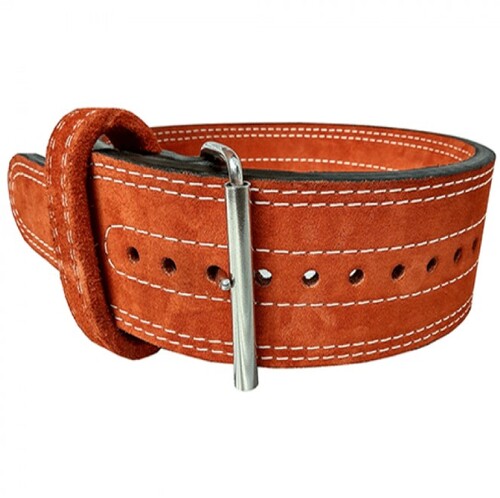-
Bodybuilding - Weightlifting Clothing & Accessories
Shoes
A difficult flat sole is probably the most appropriate choice for most novice trainees. Spongy trainer / sneakers are not suitable since force must be applied through foam before an acceptable level of solid contact can be made with the ground.
Until this contract is established the ankles remain the un-stabilized too posing the possibility of injury. Converse All Star Chuck Taylors are the most used and most sensible powerlifting gear shoes to wear because of this application.
Gloves
When you are thinking about a "sport" it's natural to desire to wear the associated kit, however in the world of lifting the associated kit isn't necessarily functional kit.
Whilst people may declare that gloves protect the hands and / or boost their grip we will claim the alternative since the hands only require protection whilst they are vulnerable. What makes hands vulnerable may be the soft skin. If the hands aren't subjected to lifting bare they will remain inefficient at lifting bare. The body's a reaction to toughing the hands is callouses growth which occurs on each pressure point of palm, finger and thumb. These callouses permit the trainee to lift with an increase of efficiency and less pain. The severity of the callouses can be controlled if necessary by sanding them down with a claw file. For some this may sound like significantly less than desirable but you will find other benefits to convince you to make the transfer to bare hand lifting.
Sometimes gloves can encourage callouses in places where they are required in relation simply to the glove itself. This usually occurs when material clusters and folds down onto the fingers during the grip. These folds will probably remain a permanent fixture of the glove too depending on the material so you are constantly encouraging growth of hard skin when it is not required in relation to the bare hand. With this particular in mind by using gloves you encourage the further use of gloves since skin can remain soft or it could harden in un-necessary areas.
Grip wise, having a coating of material between hand and bar can in fact demand more grip in comparison to a simple hand since the material is free to go just like another layer of skin, you will find these folds to compromise in the grip and the material (especially gloves with padding) adds a tiny amount to the girth of the bar which in turn demands more from the grip.
Belts
Belts usually come hand in hand with gloves (no pun intended) and are popularly worn in situations where they aren't necessary.
The belt supports the low back by re-enforcing the ab muscles which are pushed into the belt during the lift. The abdominals prevent the lumbar spine from swaying forwards under load.
Whilst this is all well and good, whilst the belt offers support it leaves the trainee with less need certainly to utilize the abdominals during the lift - to allow the muscle to perform the job it is supposed for. The trainee essentially trains their body in accordance with a foreign piece of equipment.
Wrist Wraps
Wrist wraps prove useful for people who have weak and / or skinny wrists but only play a substantial role where the wrists receive considerable stress. A clean like places stress upon the wrists which might demand for support to prevent injury. Like all support equipment, whilst they are used natural development of the wrists may be hindered so they should be used sparingly.
Chalk
Chalk or "Magnesium Carbonate" is just a useful natural training tool. When applied to the hand chalk soaks up moisture and creates an element of friction between hand and bar.
Chalk can be bought in loose powdered form or in blocks or balls from the local sports go shopping for no higher than a couple of dollars.
Whilst there's chalk there's no excuse to wear gloves in a bid to enhance grip.
Knee Wraps
Knee wraps are fabric bandages worn around the knees to provide support to the lifters knees. When wrapped tightly they also produce a spring when the legs are bent. This permits for the lifter to push out of the bottom position of the squat with slightly more ease.
Knee wraps shouldn't be worn throughout a period unless they are being worn for injury support since it is best to encourage the knee joints to work of their natural capacity whilst allowing the muscles alone to create the lifter out of the bottom position of lifts.
A knee wrap which will be applied and worn incorrectly may result in the knee shooting from between each layer making the knees lose support abruptly causes detrimental effect to the lift.

